Home >

Extreme wildfires threaten to turn boreal forests from carbon sinks to carbon sources
“A research team investigated the impact of extreme fires on previously intact carbon stores by studying the soil and vegetation of the boreal forest and how they changed after a record-setting fire season in the Northwest Territories in 2014. They collected 200 soil samples and used radiocarbon dating to estimate the carbon age. They found combustion of legacy carbon in nearly half of the samples taken from young forests (less than 60 years old)…”

Scientists are racing to figure out why this giant glacier in Antarctica is melting so fast
“A robotic submarine is about to descend into a dark, water-filled cavern in Antarctica, to try to find out why one of the continent’s largest glaciers is melting so fast.
In the next few days, scientists will lower the torpedo-shaped robot, dubbed Icefin, into a nearly 2,000-foot-long (600 meters) borehole in the ice of Thwaites Glacier in West Antarctica. Previously, scientists used Icefin robots to study the sea life beneath the ice in the Ross Sea off of Antarctica, but this new project has a different purpose…”
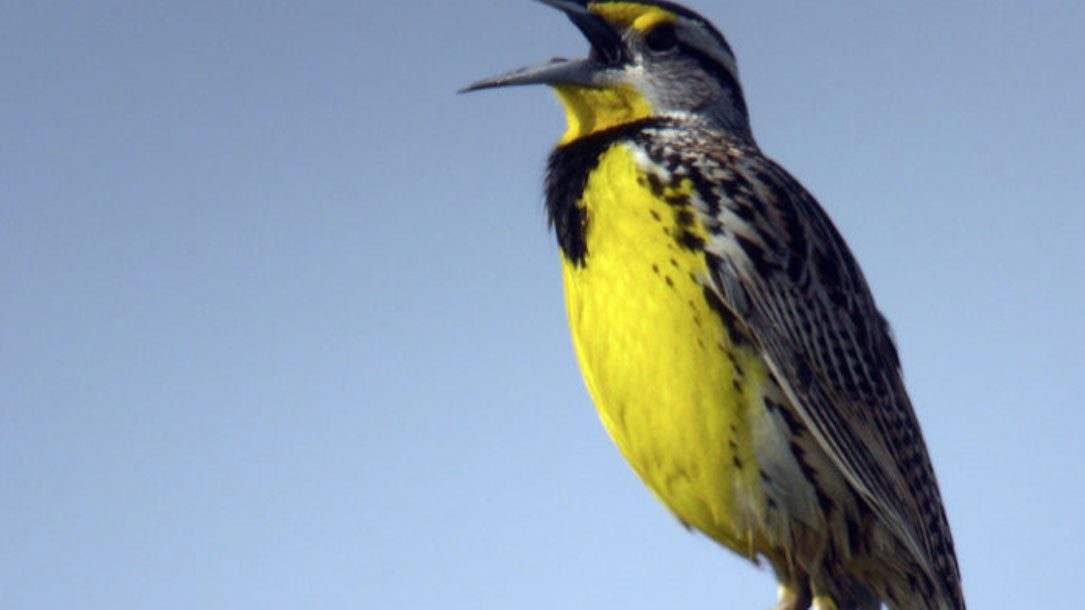
The mystery of why 2.9 billion birds have disappeared from the US in 50 years
“The news dropped like a bombshell. Over the past 50 years, 2.9 billion birds have disappeared from North America. One out of every four birds is gone. A team of international scientists under the auspices of the Cornell Lab of Ornithology analyzed the data and released their findings this summer. What on earth happened?
It’s complicated. The simplest answer is that humans just take up a lot of room. Fifty years ago, the U.S. population barely topped 200,000,000. Nowadays, there are more than 329,000,000 of us…”

Farms and Land in Farms 2018 Summary (April 2019)
“The number of farms in the United States for 2018 is estimated at 2,029,200, down 12,800 farms from 2017. Total land in farms, at 899,500,000 acres, decreased 870,000 acres from 2017. The average farm size for 2018 is 443 acres, up 2 acres from the previous year.
Farm numbers and land in farms are differentiated by six economic sales classes. Farms and ranches are classified into these six sales classes by summing the sales of agricultural products and government program payments. Sales class breaks occur at $10,000, $100,000, $250,000, $500,000, and $1,000,000. Producers were asked during the 2018 mid-year surveys to report the value of sales based on production during the 2017 calendar year…”
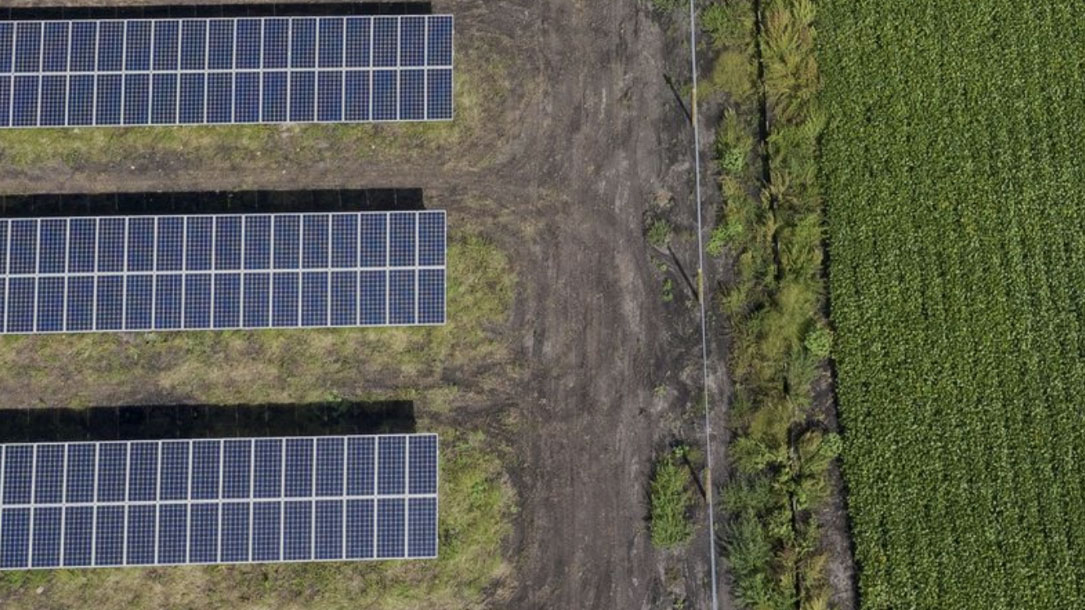
Struggling Farmers See Bright Spot in Solar
“U.S. farmers are embracing an alternative means of turning sunlight into revenue during a sharp downturn in crop prices: solar power.
Solar panels are being installed across the Farm Belt for personal and external use on land where growers are struggling to make ends meet. The tit-for-tat tariffs applied by the U.S. and China to each other’s goods have cut demand for American crops. Futures prices for corn, soybeans and wheat are all trading around their lowest levels since 2010. Making matters worse, record spring rainfall…”

U.S. Solar Market Insight
“The U.S. installed 13.3 gigawatts (GW) of solar PV capacity in 2019 to reach 77.7 GW of total installed capacity, enough to power 14.5 million American homes. Solar accounted for 40% of all new electric generating capacity added to the grid in 2019 – more than any other energy source and the highest share in the industry’s history…”
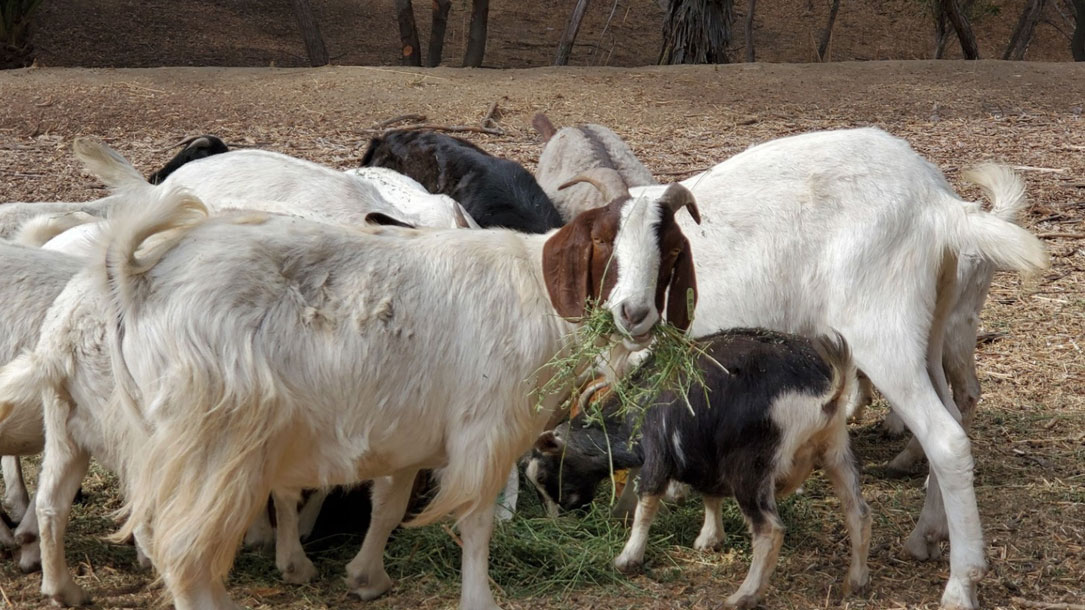
California Cities Turn To Hired Hooves To Help Prevent Massive Wildfires
“California has gone through several difficult fire seasons in recent years. Now, some cities are investing in unconventional fire prevention methods, including goats.
Anaheim, a city southeast of Los Angeles, has recently re-upped its contract with the company Environmental Land Management to keep goats grazing on city hillsides nearly year-round.
The goats are stationed in places like Deer Canyon Park, a nature preserve with more than a hundred acres of steep hills. Beginning in July, roughly 400 goats worked through the park, eating invasive grasses and dried brush…”
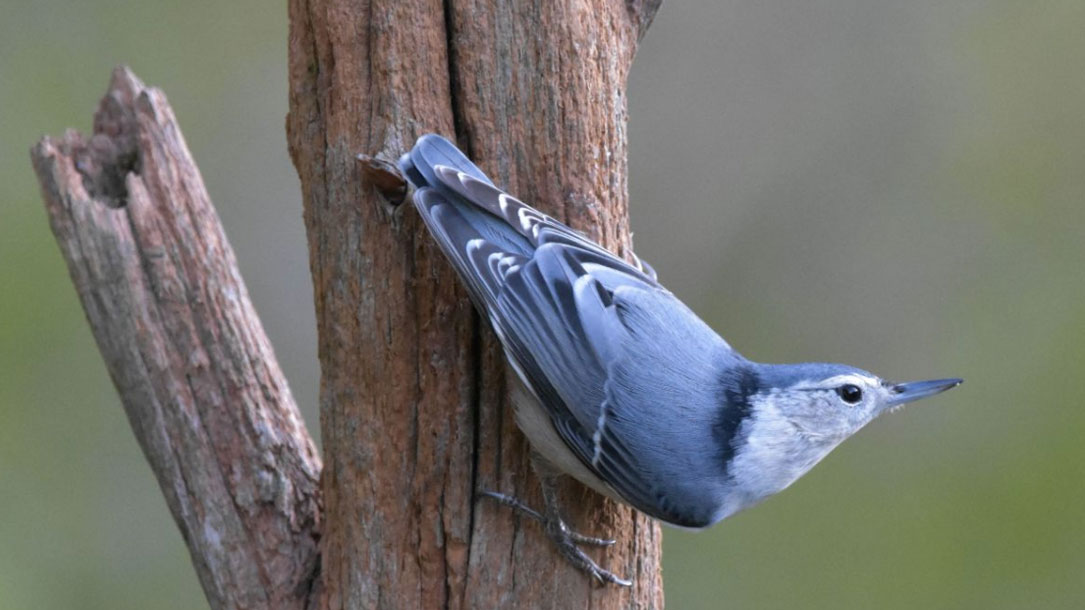
New studies look at how climate change is impacting migratory birds
Migrating birds may not be keeping up with the rapidity of climate change in our era. Another headline-grabbing study, released in mid-2019, documented the disappearance of 1.9 billion birds from North America over the last 50 years. Many factors are contributing to this alarming decline, but climate change is clearly one of them. Since humans began recording annual temperatures, 17 of the 18 hottest years on record happened during the first 18 years of this century, according to both NASA and NOAA…
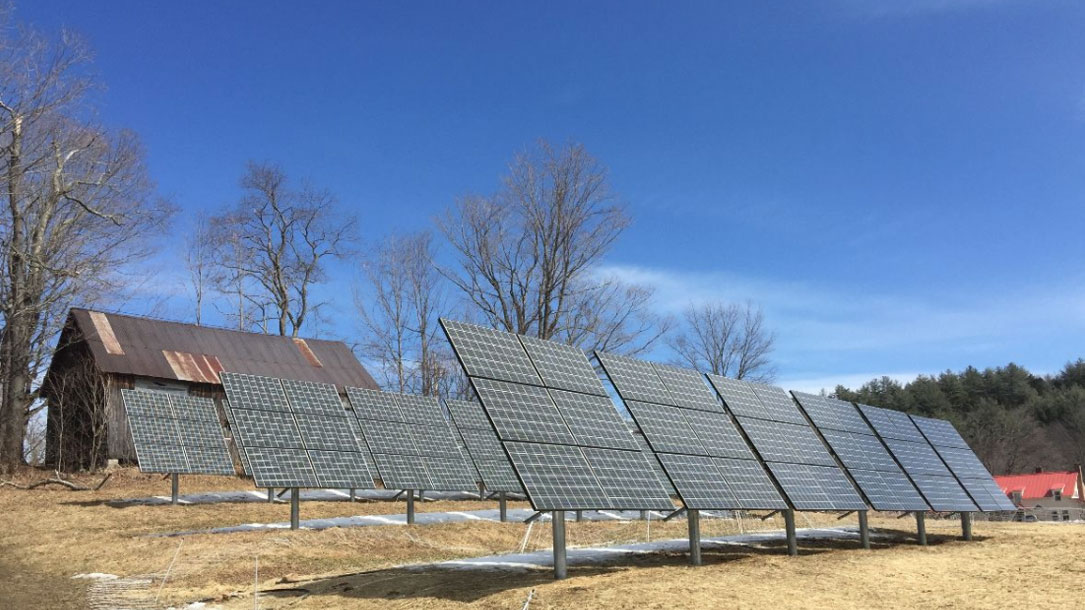
What businesses [including land trusts] should know about the evolution of rural solar
Solar projects certainly are growing rapidly throughout the United States, with total installed capacity just shy of 70 gigawatts and a contracted pipeline of 27.9 GW, according to SEIA. A recent Wall Street Journal analysis of EIA data reported that solar projects occupied 258,000 acres in 2018, while NREL estimates that solar will occupy 3 million acres by 2030.
That may be a small fraction of the nearly 900 million acres of farmland in the United States (PDF), but it’s enough to make agricultural communities apprehensive about the advance of solar onto previously pastoral land. While landowning farmers are grateful for the steady income that comes from leasing to solar projects, others in rural areas—including many state agricultural departments—are still grappling with what the growth of solar will mean for their concept of rural land and role as agricultural boosters…
And with wind and solar cropping up in more rural communities, the bar is being set higher. “The future for renewable energy has to include a sustainable land use component,” Hoosier Energy’s Cisney said. In leveraging new partnerships and co-location opportunities among developers, farmers and local communities, rural America has the potential to assume a more active leadership role in cooperatively advancing the clean energy transition…

One of the world’s biggest investors is preparing its $178B portfolio for climate change
Dutch investment giant PGGM is undertaking a radical exercise to find out which assets and areas in its portfolio are most exposed to climate change and using the data to shape future investment decisions, including where it buys new buildings.
PGGM owns stakes in 4,000 assets around the world with a total value of €160B ($178B). Its equity stake in that portfolio is €14B ($15.5B). With the roughly $16B of listed real estate stocks it also owns, it is the world’s 12th-largest owner of real estate, according to IPE Real Assets…












